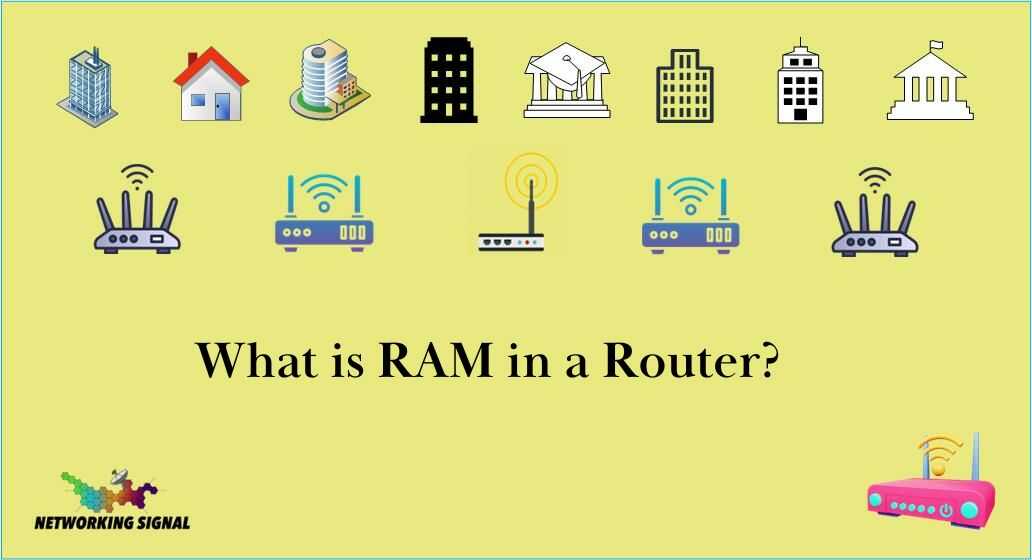What is RAM?
RAM (Random Access Memory) is a type of volatile computer memory that stores data and machine code that the CPU and other system components use during operation.
RAM allows data to be read and written quickly in any order (random access), unlike sequential access devices such as magnetic tapes or hard disks.
RAM is used to temporarily store operating system files, software applications, and data currently in use.
It provides high-speed access for the processor to fetch instructions and data needed for immediate computations or operating system tasks.
Importance of RAM in electronic devices
RAM is an essential component in all modern electronic devices and computers. It provides the real-time working memory needed for the device’s processor and operating system to function.
RAM allows quick reading and writing of memory necessary for a device to run programs and applications smoothly and efficiently.
More RAM capacity enables faster multitasking capabilities, the ability to keep multiple programs active simultaneously, and the use of heavier software applications and programs.
Insufficient RAM capacity can lead to system crashes, slow performance, and application errors. Upgrading RAM is often a cost-effective way to improve a device’s speed and responsiveness.
RAM in Routers
Explanation of what a router is?
A router is a specialized networking device that forwards and routes data packets between computer networks using headers and forwarding tables to determine the best path.
Routers connect devices and networks across the internet and within organizations, intelligently directing traffic to its intended destination IP address.
They route packets by analyzing layer 3 IP address data in each packet’s header. Routers build routing tables to determine optimal data routes and interconnect LANs and WANs.
Routers differ from network switches, which only forward data at layer 2 based on MAC addresses.
Modern routers also provide additional functionality like network address translation (NAT), firewall services, VPN access, and bandwidth management.
Role of RAM in a router
RAM enables a router to efficiently store routing tables and packet buffering data as it manages network traffic.
A router’s RAM holds dynamically updated forwarding tables that record the lowest latency or most efficient paths for routing packets to destination networks.
Packets themselves are also temporarily stored in a router’s RAM buffer as they are processed and queued for forwarding.
Having adequate RAM capacity is key for fast routing performance.
More RAM allows a router to store more extensive forwarding tables for complex networks and enables larger packet buffers during times of congestion to prevent packet loss.
Functions of RAM in Routers
1. Storing routing tables
One vital function of a router’s RAM is storing frequently updated routing tables. These routing tables contain information about optimal data routes across interconnected networks.
They record network destinations, next hops for data packets, interface information, latency metrics, and more.
Routing tables are dynamically updated as network conditions change. RAM provides fast lookup for routers to match packet addresses and swiftly route them based on the current ideal path.
More RAM enables larger routing tables with a greater number of entries for complex networks.
2. Buffering packets
Another key function of RAM in routers is temporarily storing packets in buffer memory during times of network congestion.
Buffering prevents packet loss when traffic exceeds bandwidth capacity. The RAM buffer queues excess packets until bandwidth is available.
Having sufficient RAM for packet buffering reduces the chance of dropped packets and the need for retransmissions.
Larger RAM capacity allows for bigger packet buffers to handle heavy traffic loads.
3. Facilitating data transfer
A router leverages RAM to quickly facilitate the transfer and routing of data between networks.
Packets are briefly stored in RAM as addressing information is analyzed and the ideal forwarding path is determined via lookups in the routing table.
RAM enables very high-speed retrieval and passing of packets to maintain network performance.
Without sufficient RAM capacity, network latency and bottlenecks can occur.
RAM Capacity in Routers
Factors influencing RAM capacity in routers
The amount of RAM required in a router depends on several factors:
- The complexity of the router’s role and network environment
- Number of directly connected LANs and WAN links
- Number of routes in routing tables
- Desired network speed and latency
- Amount of packet buffering required
- Additional functionality like firewalls and VPNs
More advanced and higher throughput routers need more RAM to manage extensive routing tables and packet buffering.
Importance of sufficient RAM capacity in routers
Having adequate RAM is critical for routers to perform well. Insufficient RAM can lead to dropped packets, sluggish network responsiveness, and connectivity issues. Higher RAM capacities allow routers to achieve their full potential network speeds.
For busy networks, routers should have at least 4-8 GB RAM, with advanced routers having 16 GB or more. Upgrading to a router with more RAM can significantly improve network performance.
Wrap-Up
In summary, RAM is a very important component in routers, enabling them to quickly store dynamic routing tables and buffer packet data as they efficiently direct traffic between networks. Sufficient RAM capacity helps optimize routing performance.
When setting up or purchasing a router, it is crucial to choose a model with ample RAM for your specific networking environment and traffic demands.
A router with insufficient RAM will become a bottleneck while having more RAM can make a significant difference in speed and connectivity.
Selecting routers with higher RAM helps future-proof networks as demands increase.

